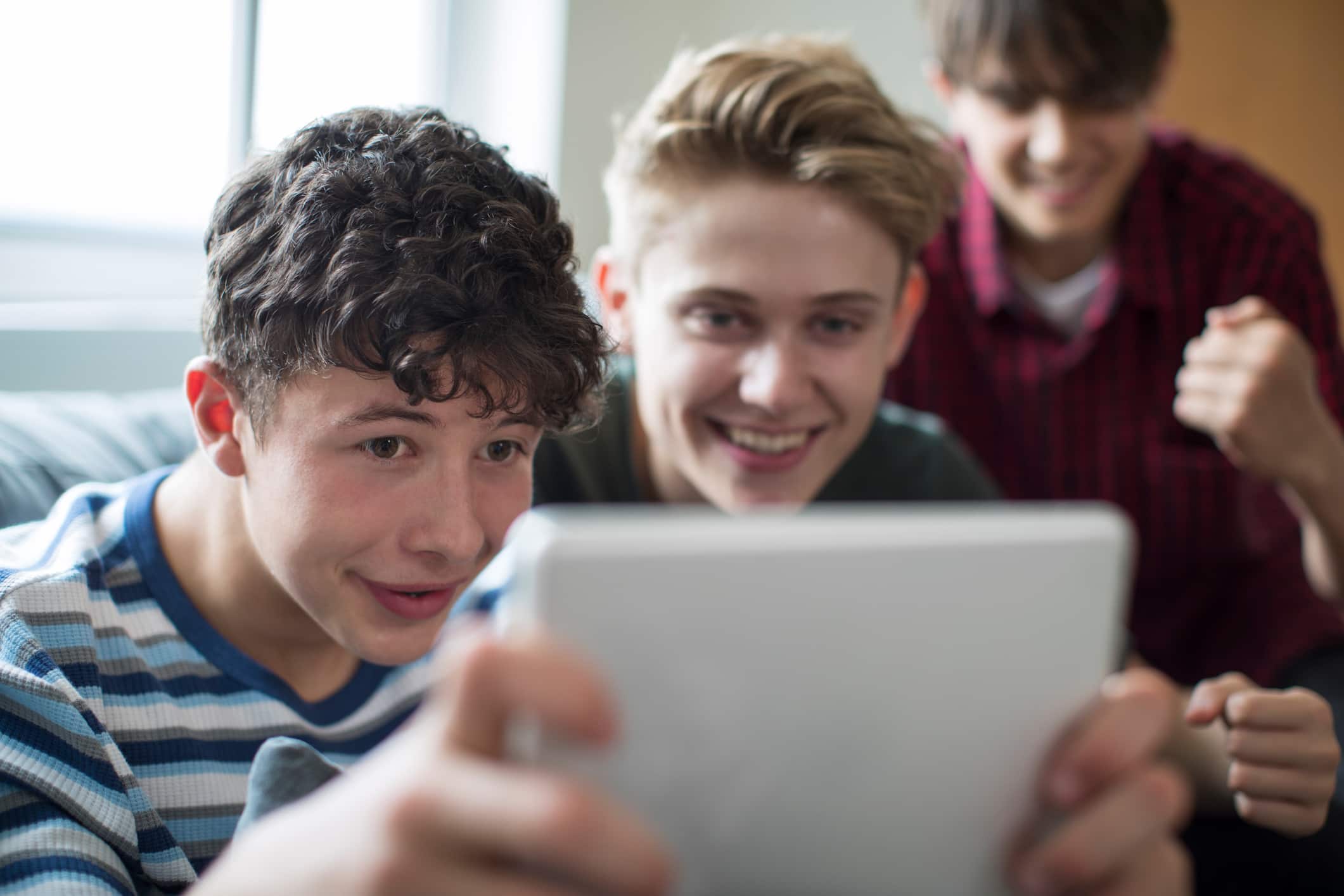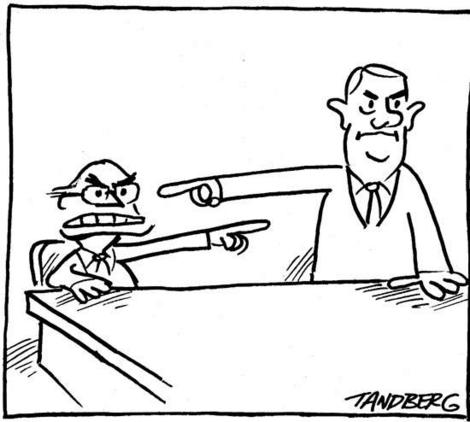There has always been pornography and teens have always managed to glance at and share sexual images be they in a magazine or an X Rated film. Things are different.
A High-Tech Culture
We live in a culture that has been dramatically changed by computers. We have access at any time to high-speed Internet connection with an endless selection of topics, images, videos and live streaming on computers, smart phones and an ever-increasing number of devices.
Role of Porn
Part of this constantly expanding computer world is pornography. In fact, given its presence and innovation regarding content, delivery, and payment, pornography is considered “the single most influential economic engine that has fueled the expansion of the internet.”
There is, however, a dark side to this power engine.
The Danger
Pornography as it is delivered is now not only qualitatively and quantitatively different – it has a far more costly neurological, physical and emotional impact.
In his book, Your Brain on Porn, Gary Wilson reports that what prompted him to research the latest scientific findings of the impact of internet porn were the thousands of daily global visitors to his site “ Your Brain on Porn” (YBOP) seeking help to stop internet porn use.
A close look at his findings reveals that it is not that porn is inherently bad- it is that “a chronic overconsumption of internet porn delivered on demand in endless supply” results in changes to brain circuitry, addictive use, sexual dysfunction (delayed ejaculation, inability to orgasm during sex, ED and loss of attraction to real partners).
Perhaps the most vulnerable group using Internet porn and susceptible to Internet porn addiction are teens and young adults – particularly males.
A close look at the reasons offers a starting point of information and discussion for parents, teens and consumers of all ages.
Exposure
The exposure factor for teens is very high. According to statistics offered by Common Sense Media, teens are spending nearly nine hours a day consuming media. In addition, even when doing other things, media is often on somewhere in the background. For tweens between the ages of 8 and 12, the average time spent consuming media is nearly six hours per day. A quarter of teens who go online say their parents know very little about what they do.
With this much time online, the reality of coming upon porn by deliberately searching, using a search term with a double meaning, downloading content from another teen, or making a mistake typing a URL that opens to porn, is greater than one can imagine. Seventy percent of children ages 8 to 18 have accidently viewed porn by entering an innocent search term when doing homework.
Availability
Yes, there are reasons and ways to block children and teens’ access to pornography on computers. Porn however is available on every device – be it your teen’s or someone else’s. Experts consider that the most used device to access free online porn is the mobile phone.
What makes this different from one teen showing another a magazine?
The magazine isn’t put back under the bed. Instead, too easily, privately and without expense, a first exposure can become ongoing viewing- be it driven by curiosity, anxiety or arousal.
Content
Pornography is defined “as printed or visual material containing the explicit description or display of sexual organs or activity, intended to stimulate erotic rather than aesthetic or emotional feelings.”
Porn has nothing to do with relationships. It features unfair stereotypes and skewed expectations. Creating an idealized version of what people look like, porn subliminally invites a negative comparison with self, which perpetuates the default position of arousal by watching and self-stimulation- instead of doing.
For teens and young adults porn is shocking, arousing, even disturbing. As such, it is not a playbook for dating or sexual connection with a partner. For any teen or young adult who has no dating experience, it offers no examples of steps towards intimacy- flirting, talking, laughing, blushing, waiting, respecting space, learning together.
For both male and females, in a #metoo culture, what porn can’t offer a young viewers is what Andrew Smiler offers in Dating and Sex: A Guide for the 21st Century Teen Boy– How to ask for consent, how to give consent, when to ask, the problems with non-verbal consent, the space to let NO mean NO and Yes mean Yes…
The content of porn is aimed at driving arousal is novel ways. For viewers of any age, the naïve or self-serving assumption that what one sees and finds arousing in porn will be what a partner wants, is not only unlikely… it is dangerous.
Delivery
According to expert Gary Wilson, the most dangerous aspect of today’s Internet porn is the delivery.
In his book, Your Brain on Porn, Gary Wilson draws upon scientific research and self-reports from those seeking help to clarify what adults and teens need to know…
The overconsumption of high speed internet images that are constantly novel, always available, and intended to arouse, floods the reward center of the brain with dopamine such that eventually the reward system loses its balance and becomes over-attuned to prefer and eventually need porn in ever increasing doses to attain arousal.
The result for many is addiction – increased usage of porn with symptoms of sexual and erectile dysfunction, loss of attraction to real partners, as well as loss of interest and focus in other life pleasures and pursuits.
According to Gary Wilson, the teen is very vulnerable because adolescent brains are overly sensitive to rewards be they drugs, alcohol or porn and as such are more vulnerable to addiction. The teen who has had no prior sexual experience with a partner knows only the solitary arousal that comes from streaming graphic images of sex.
Help
- The impact of the brain on porn is a new and startling reality prompting more and more people to seek help. For the teen, sex of any type is new and startling; but tragic if it ends in Internet porn addiction.
- Teens and preadolescents need support, information and guidance without shame. They need to hear about the meaning and nature of porn, the difference between porn and relationships, intimacy and sexual connection with a person.
- If a teen is already using porn in an additive way, the important message is that there are programs available and sites like YBOP or Reboot Nation with therapeutic resources for addressing Internet porn addiction and sites with on-line support from others who have faced the addictive use of porn.
- No teen or adults needs to be alone in the journey back to self-control and a balanced life.
Listen in to Gary Wilson discuss Porn on the Brain with me on Psych Up Live.
Listen in to Gabe Deem share his Recovery from Porn Addiction and Creation of Reboot Nation






